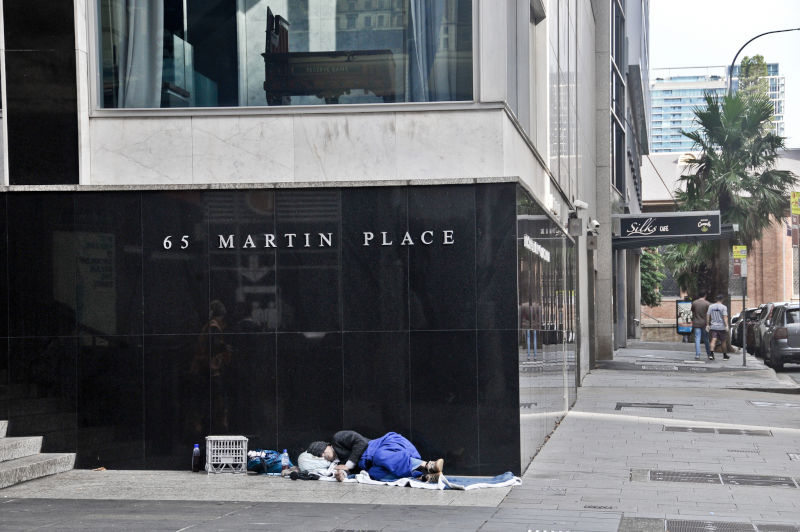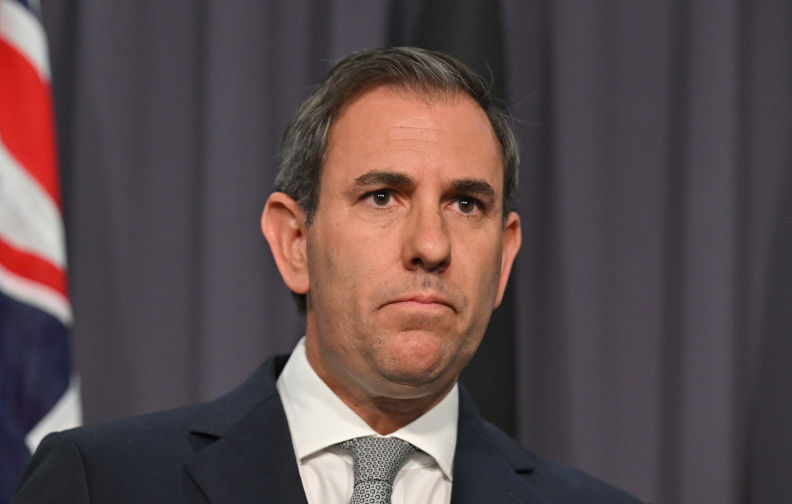
Pearlcasts
As we review 2025, the temptation is to look for neat summaries and settled conclusions.
Go to Pearlcasts
21 December 2025
Holding on to hope – a Christmas reflection
In the shadow of the Bondi massacre, Christmas and Hanukkah sit side by side this year. Acts of courage and faith remind us how light is kept alive in dark times.

21 December 2025
A defence of 'doing nothing'
Public safety can be strengthened without turning fear into a political performance. When protection becomes theatre, institutions weaken and social division deepens.

21 December 2025
Assange sues Nobel Foundation to stop war-promoting Machado from receiving Peace prize cash
Julian Assange has filed a legal complaint seeking to block Nobel Peace Prize funds from being paid to Venezuelan opposition leader María Corina Machado over her support for US military actions.

21 December 2025
Environment: More good recycling is needed – emphasis on good
Low levels of plastic recycling are bad for human health and the environment. For lead, high levels of dangerous recycling are doing the damage. Northern Australia’s vast, ecologically relatively intact savannas are undervalued.

21 December 2025
How much does it cost to end rough sleeping? An Australian-first study may have just found out
Homelessness in Australia is worsening, with services stuck in crisis mode. Evidence from Finland – and new research in SA and WA – shows a different path is possible.

20 December 2025
Bondi demands answers – and a Royal Commission
Revelations about overseas training, intelligence failures and police responses raise urgent questions that cannot be left to internal reviews.

20 December 2025
China has neither the intent nor the capability to attack us
Australia faces no credible military threat from China. The real danger lies in uncritical alignment with US strategy, fear-driven rhetoric and the steady erosion of national sovereignty.

20 December 2025
Beijing makes domestic spending its top priority – Asian Media Report
From China’s new investing in people strategy to Thailand’s threat to continue border fighting, revelations about Korea’s martial law bid, South Asia’s climate emergencies, the restoration of democracy in Bangladesh, and Seoul’s imaginative food waste scheme, the latest Asian media coverage highlights our region’s pressures, problems and opportunities.

20 December 2025
Choosing hope in an uncertain world
In an age of political, ecological and social strain, hope is often mistaken for denial. But real hope is neither passive nor naïve – it is a choice to keep acting, even without guarantees.

20 December 2025
What the Bondi Beach tragedy reveals about Australia’s political faultlines
In the aftermath of the Bondi Beach attack, grief was quickly accompanied by political demands that blurred the line between combating antisemitism and suppressing dissent, with troubling consequences for social cohesion and civil liberties.

20 December 2025
Why did Trump send his warships to Venezuela?
As US pressure on Venezuela intensifies, Washington is reviving an openly interventionist approach to Latin America. The targets extend beyond Caracas to the region as a whole.
Read our series
Latest on Palestine and Israel

20 December 2025
What the Bondi Beach tragedy reveals about Australia’s political faultlines
In the aftermath of the Bondi Beach attack, grief was quickly accompanied by political demands that blurred the line between combating antisemitism and suppressing dissent, with troubling consequences for social cohesion and civil liberties.

20 December 2025
Bondi raises questions about ASIO’s community intelligence reach
The Bondi attack has renewed scrutiny of whether Australia’s domestic intelligence agencies have sufficient cultural reach and human intelligence within the communities they monitor.

19 December 2025
A better symbol
After the Bondi massacre, grief was swiftly overtaken by politics. Public mourning and the misuse of symbols raise hard questions about solidarity, power and what genuinely brings light.

19 December 2025
2025 in Review: Palestine, international law and Australia’s silence
In 2025, the crisis in Palestine brought international law to a breaking point. Australia’s response, marked by caution and inaction, raises hard questions about responsibility, principle and moral leadership.

19 December 2025
Storms expose Gaza’s humanitarian collapse
Heavy rains and gale-force winds have turned life-threatening for Palestinians in Gaza, where the destruction of housing and restrictions on aid have left millions without shelter.

19 December 2025
The Bondi Beach massacre: exploiting tragedy
The tragic massacre at a Hanukkah celebration in Bondi was followed by a rush to assign blame, inflame fear and curtail dissent.

16 December 2025
Blame, grief and responsibility after Bondi
In the aftermath of a devastating attack on Sydney’s Jewish community, political leaders must resist the urge to weaponise grief or assign blame.

9 December 2025
The Bondi Beach massacre: exploiting tragedy
The tragic massacre at a Hanukkah celebration in Bondi was followed by a rush to assign blame, inflame fear and curtail dissent.

Israel's war against Gaza
Media coverage of the war in Gaza since October 2023 has spread a series of lies propagated by Israel and the United States. This publication presents information, analysis, clarification, views and perspectives largely unavailable in mainstream media in Australia and elsewhere.
Download the PDFLatest on China

20 December 2025
Beijing makes domestic spending its top priority – Asian Media Report
From China’s new investing in people strategy to Thailand’s threat to continue border fighting, revelations about Korea’s martial law bid, South Asia’s climate emergencies, the restoration of democracy in Bangladesh, and Seoul’s imaginative food waste scheme, the latest Asian media coverage highlights our region’s pressures, problems and opportunities.

14 December 2025
Book extract: Understanding China: governance, socio-economics, global influence
China’s rise has reshaped global economics, lifted millions out of poverty, and challenged Western assumptions about governance. This extract from 'Understanding China, Governance, Socio-Economics Global Influence' argues that engagement, not confrontation, offers the only viable path forward.

7 December 2025
Ceding the future to China
Delivered as remarks to Brown University’s Watson School during its “China Chat” series, Chas Freeman reflects on China’s return to global prominence and the United States’ accelerating retreat from the international order it once led – and asks what coexistence looks like as power shifts in the 21st century.

Support our independent media with your donation
Pearls and Irritations leads the way in raising and analysing vital issues often neglected in mainstream media. Your contribution supports our independence and quality commentary on matters importance to Australia and our region.
DonateMore from Pearls and Irritations
Latest letters to the editor
The people and the common good
Chris Young — Surrey Hills, Vic
Can we discuss degrowth without the ideology?
Jenny Goldie — Cooma NSW
Getting submarines, or funding the US to get them
Les Macdonald — Balmain NSW 2041
Vast educational inequality
Les Macdonald — Balmain NSW 2041






